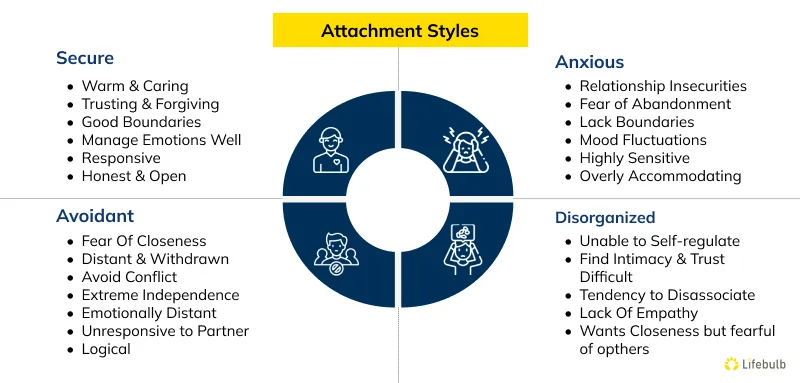Safe words BDSM players rely on are one of the most essential tools for protecting consent, honoring boundaries, and ensuring that everyone involved in a scene feels safe and respected. Whether you are brand new to kink or an experienced player, integrating safe words BDSM scenes use consistently supports both emotional and physical well-being.
In this guide, you will learn what safe words BDSM players choose can accomplish, why they matter in play, how to negotiate them, and how to respond when one is used. Using safe words BDSM communities encourage is not a sign of weakness or mistrust. It is an act of mutual care and respect that allows everyone to explore kink with greater confidence and connection.
What Are Safe Words?
Safe words BDSM players use are pre-agreed words or signals that anyone in a scene can use to stop or pause play immediately. They provide a clear and unambiguous way to communicate that something is not okay or needs to change.
Because many BDSM scenes involve role play, power exchange, or even resistance play, a simple “no” or “stop” may not be sufficient to signal actual withdrawal of consent. Safe words BDSM players rely on give everyone a shared language to distinguish between the fantasy and reality of the scene.
Safe words BDSM communities promote can be used by anyone in the scene, regardless of role. Dominants, submissives, Tops, bottoms, and switches all have the right to use safe words BDSM circles uphold at any time. The use of a safe word must always be honored without hesitation.
Why Use Safe Words BDSM Players Trust in Play
Safe words BDSM players trust are not optional. They are a core part of kink consent culture. Here are some reasons why they matter so deeply:
Protecting Consent Boundaries
A safe word gives every player a reliable tool to express that they are reaching a limit, feeling unsafe, or needing a pause. Consent is not something you give once and forget. It must be ongoing and actively communicated. Safe words BDSM scenes use help keep that communication clear.
Preventing Miscommunication During Intense Play
BDSM scenes can involve intense sensations, altered states, and emotional highs. Verbal and non-verbal communication can become harder to interpret in the moment. A clear safe word ensures that everyone knows when to stop immediately.
Building Trust
Knowing that your partner will respect your safe word builds deeper trust. It allows players to explore more freely, knowing that they can stop or pause the scene without fear of judgment or punishment.
Encouraging Responsible Dominance
For Dominants and Tops, responding quickly and compassionately to a safe word is a mark of responsible leadership. It shows care, attentiveness, and respect for the well-being of your partner.
Common Safe Word Systems
There is no single right way to implement safe words BDSM players will use. The system you choose should fit your dynamic and scene style. Here are some of the most common safe word systems:
The Traffic Light System
- Green means everything is good and play can continue.
- Yellow signals that the player is approaching a limit or wants the intensity reduced. It is a caution signal, not a stop.
- Red means stop immediately. All activity must pause and the players should check in.
The traffic light system is widely used because it provides nuance, not just an on or off switch. Many safe words BDSM scenes adopt this system as a flexible, easy-to-remember approach.
Custom Safe Words
Some players prefer to choose a unique safe word that would not normally appear in a scene. Words like “pineapple,” “mermaid,” or “unicorn” are popular because they stand out and will not be confused with role play dialogue. These safe words BDSM players select can offer a personalized touch while maintaining clarity.
Non-Verbal Safe Signals
For scenes where verbal safe words may not be possible, such as those involving gags, breath play, or rope suspension, players must agree on clear non-verbal signals. Examples include:
- Holding a small object and dropping it to signal stop.
- Tapping repeatedly on the Dominant’s body or a nearby surface.
- Using a pre-arranged gesture, such as two fingers raised.
Non-verbal signals must be clearly visible and rehearsed before the scene begins. Many safe words BDSM communities discuss how to adapt them for accessibility and safety.
How to Negotiate and Communicate About Safe Words
Discussing safe words BDSM players may need should be part of your scene negotiation every single time, even with established partners. Here is how to integrate this conversation naturally:
Reaffirm Safe Words Before Every Scene
Even if you have played together before, take a moment to confirm what safe word system you will be using that day. This keeps everyone on the same page and reinforces the importance of consent.
Address Any Stigma
Some submissives or bottoms worry that using a safe word will disappoint their Dominant or “ruin” the scene. Dominants should clearly communicate that safe words BDSM players use are a healthy part of play, not a failure. Using one means the scene is working as it should, with open communication.
Clarify Dominant Responsibility
Dominants should explicitly state that they will stop the scene immediately if a safe word is used and will prioritize the partner’s well-being. No scene should continue once a safe word has been called.
Negotiate Non-Verbal Signals
If non-verbal signals are needed, rehearse them before the scene begins. Confirm that all players can see or hear the signal clearly.
Myths and Misunderstandings About Safe Words
Safe words BDSM players rely on are sometimes surrounded by harmful myths. Let’s clear up some of the most common ones.
“If you trust your partner, you should not need one.”
False. Even with deep trust, you still need a tool to communicate in the moment. Trust is what allows you to push limits safely, not what makes safe words unnecessary.
“Using a safe word means the scene failed.”
False. A safe word is a success. It means the player honored their boundaries and communicated clearly, and that the scene supported that communication.
“Experienced players do not need safe words.”
False. Every player, no matter how experienced, can encounter unexpected emotional or physical responses. Safe words BDSM circles promote remain important at every level of play.
Safe Words and Aftercare
When a safe word is used during a scene, aftercare becomes even more important. The scene has ended abruptly and the players may feel vulnerable, disoriented, or concerned.
Process the Experience Together
Use aftercare time to check in with each other emotionally. Validate the choice to use the safe word. This helps de-stigmatize its use and reassures both parties that communication is welcome.
Reflect on the Scene
Aftercare is also a good time to discuss what led to the safe word and whether any adjustments need to be made for future play.
Affirm Ongoing Consent and Trust
Reinforce that using a safe word was not a problem, and that it strengthened the dynamic by keeping communication open.
Final Thoughts on Safe Words in BDSM
Safe words BDSM players use are not a barrier to trust or passion. They are what make deep exploration possible. By creating a clear, trusted way to communicate limits, safe words BDSM players adopt allow everyone to play with more freedom and confidence.
If you want your BDSM experiences to be empowering, connected, and safe, commit to using safe words BDSM scenes trust in every play encounter. Honor them without hesitation. Encourage your partners to use them proudly when needed.
Consent is not a one-time agreement. It is an ongoing dialogue, and safe words BDSM communities embrace are one of the most powerful ways we keep that dialogue open when it matters most.











